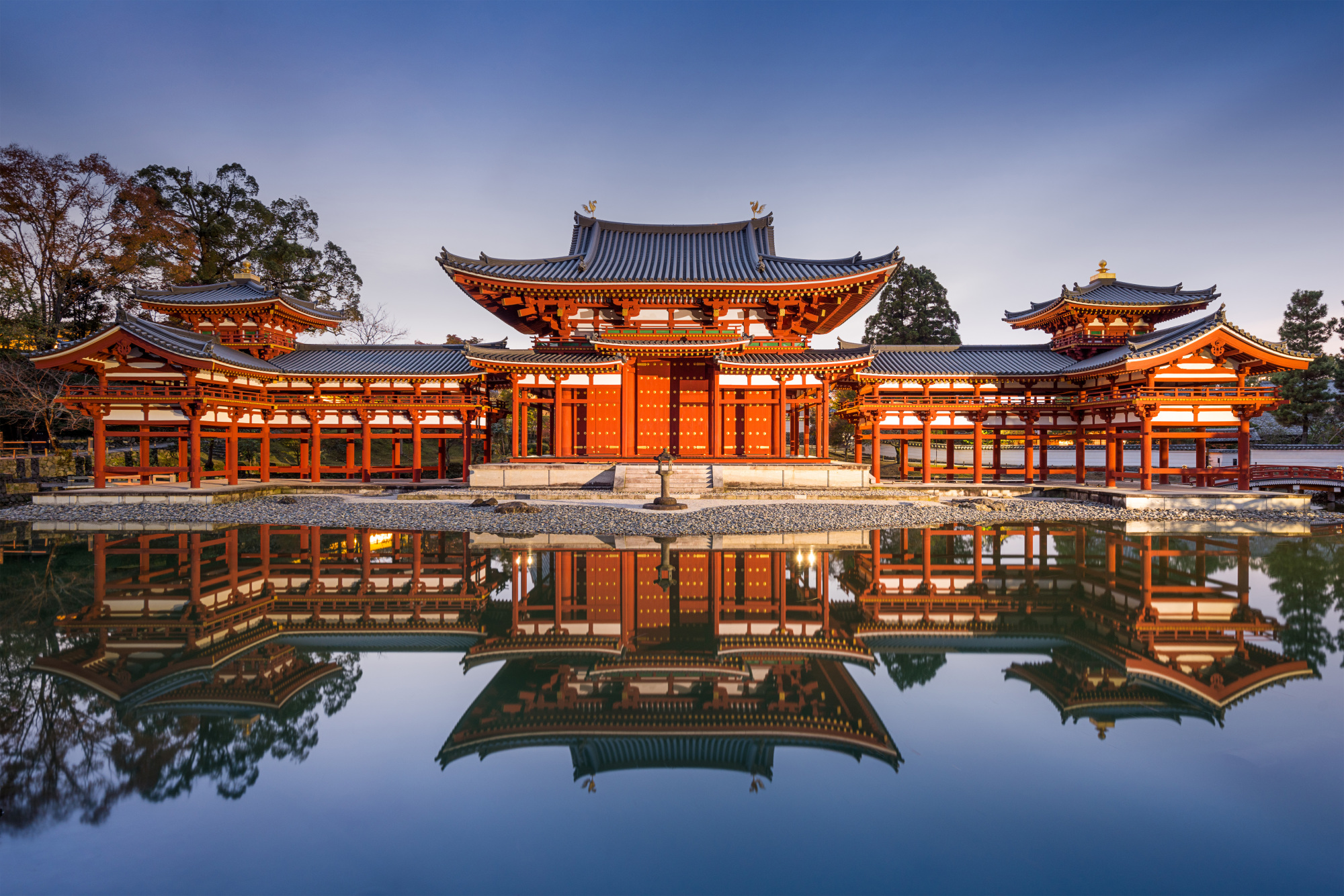Picture a procession of carriages departing a crimson palace. Ladies dressed in jūnihitoe (12-layer kimono) look through the wooden blinds of their carriages and see the streets of Heian-kyo (present-day Kyoto) go by. In the evening, under the soft, flickering light of candles on paper screens, men and women play instruments and write each other poetry.
At the height of the splendor of the Heian Period (794-1185), lady-in-waiting to the Imperial Court, Murasaki Shikibu, wrote "The Tale of Genji," the story of Imperial officer Hikaru Genji falling in and out of love with his various suitors, set to a soundtrack of poetry and music. Located in and around then-capital Heian-kyo, Shikibu's tale of love, political intrigue and social customs remains perennially popular.
The refinement of the Heian court is a far cry from the busy streets of today's Kyoto. Yet I wanted to see if I could find remains of Heian-kyo after centuries of war, city-wide fires, rebuilding and tourist development.


















With your current subscription plan you can comment on stories. However, before writing your first comment, please create a display name in the Profile section of your subscriber account page.